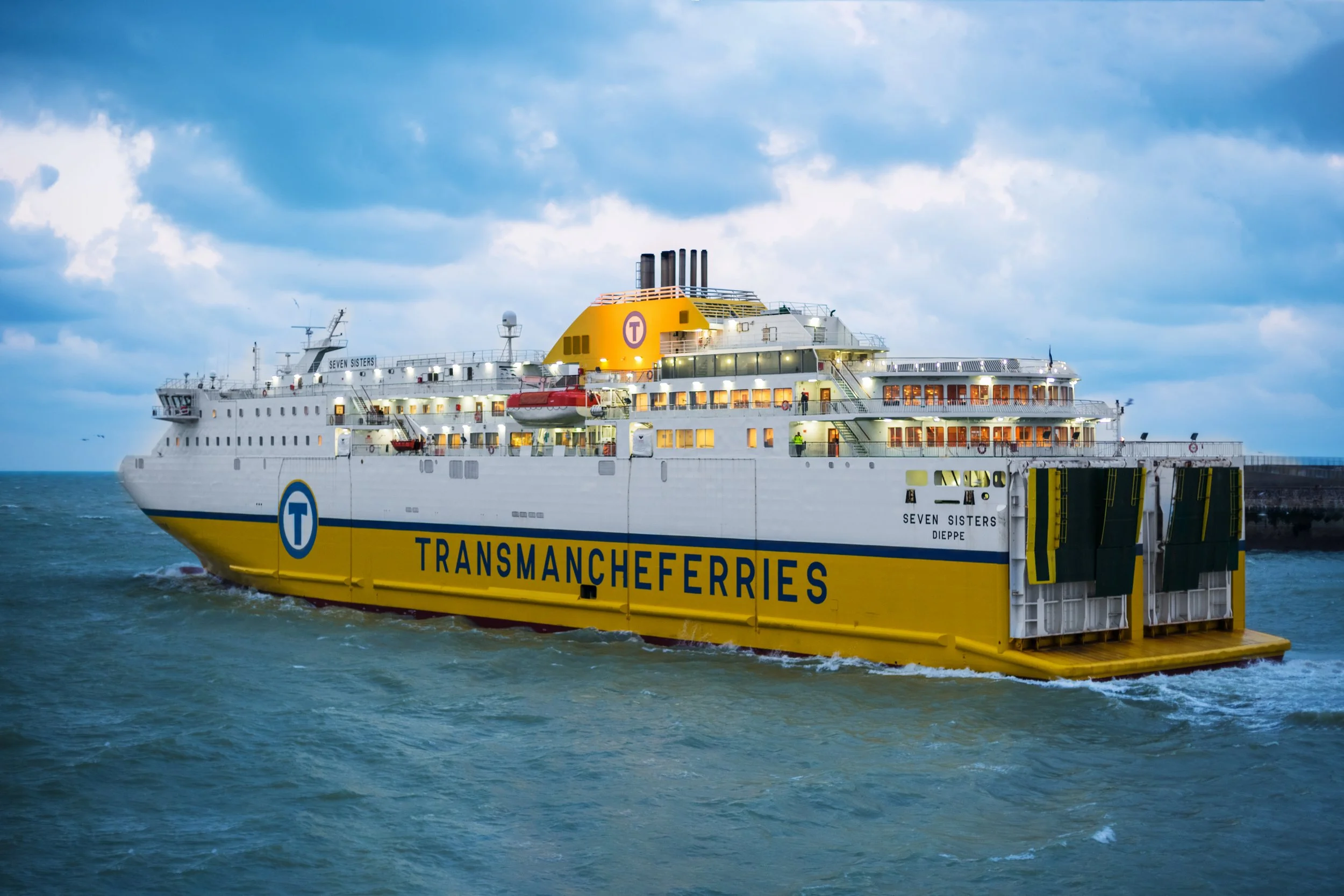Crossing the Channel by Car: Key Considerations for Travelling from the UK to Europe
One of the great things about the UK is how, even though it’s an island, it’s incredibly easy and affordable to get into continental Europe in your car and explore at your leisure. However, before setting off on any European adventure there are several things that you’ll want to seriously consider, hopefully ensuring a seamless, safe, and enjoyable voyage.
Choosing the right crossing
The two primary options if you want to travel to Europe by car are ferry services and the Eurotunnel. Ferries offer a more traditional experience, allowing you to relax onboard and enjoy the sea crossing. On the other hand, the Eurotunnel provides a quicker journey, with trains carrying vehicles through the Channel Tunnel.
Travel documentation
Even though you’re safe in your old reliable car, you’re still in a foreign country and after Brexit, it’s not quite as easy to travel through Europe as it once was. So, before setting off, ensure you have the necessary travel documentation such as visas for every country you wish to visit, as well as a valid passport. It is also advisable to carry your driving license, vehicle registration documents, and any proof of insurance.
Driving regulations
Familiarise yourself with the local driving regulations in the countries you plan to visit. Speed limits, traffic rules, and parking regulations can vary across Europe, not to mention on what side of the road you should be driving. Some countries may also require additional equipment such as reflective vests, warning triangles, or even breathalyzers. Researching and adhering to these regulations will help ensure a safe and hassle-free journey.
Vehicle requirements
Ensure that your vehicle is in proper working condition before embarking on your potentially rather long journey. Check the oil, tire pressure, lights, and brakes to minimise the risk of breakdowns. In some European countries, it is also mandatory to carry a spare tire and a first-aid kit so you might want to buy some spare tyres online before setting off.
Final thoughts
Plan your route – Use online mapping tools like Google Maps to estimate driving distances, travel times, and potential tolls. It's also helpful to identify rest areas, fuel stations, and accommodations along the way. Flexibility is key, so allow for unexpected detours and spontaneous discoveries.
Research local customs – Familiarise yourself with local greetings, dining etiquette, and acceptable behaviour. Showing respect for local customs will enhance your experience and interactions with locals.
Pack essentials – Pack smartly for your road trip. Include essential items such as a road atlas or GPS, spare car keys, a phone charger, and a travel adapter for electronic devices. Don't forget to bring necessary personal items, medications, and a comprehensive first-aid kit. Additionally, pack appropriate clothing for varying weather conditions and comfortable footwear for exploring on foot.
Stay safe – While travelling, always prioritise your safety and the security of your belongings. Park your vehicle in well-lit and secure areas and avoid leaving valuables in sight. Be cautious of your surroundings, especially in unfamiliar locations. It's also wise to have a backup plan in case of emergencies, including knowing the location of embassies or consulates along your route.











